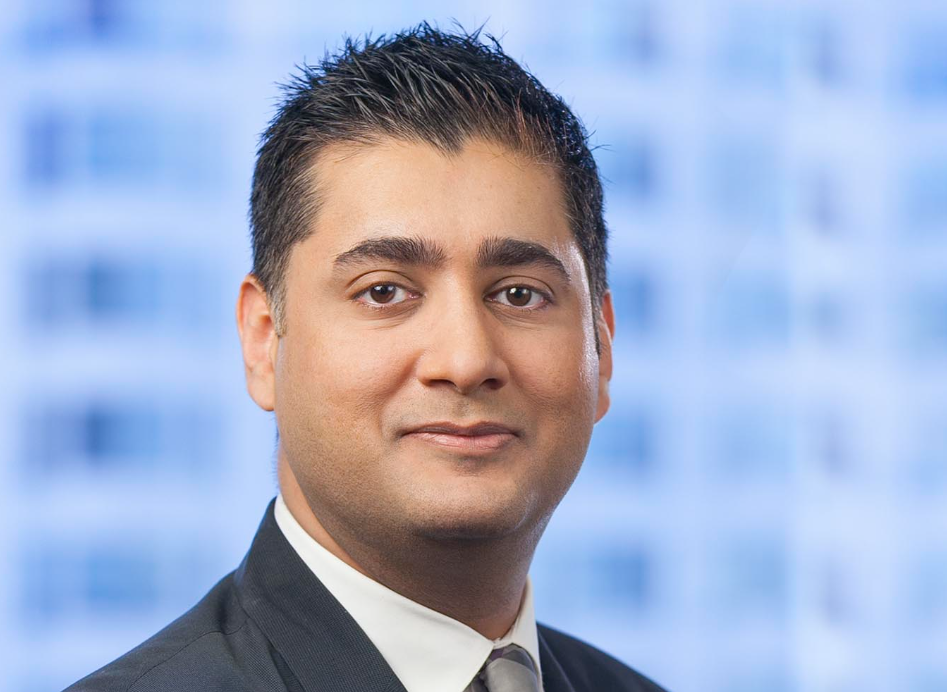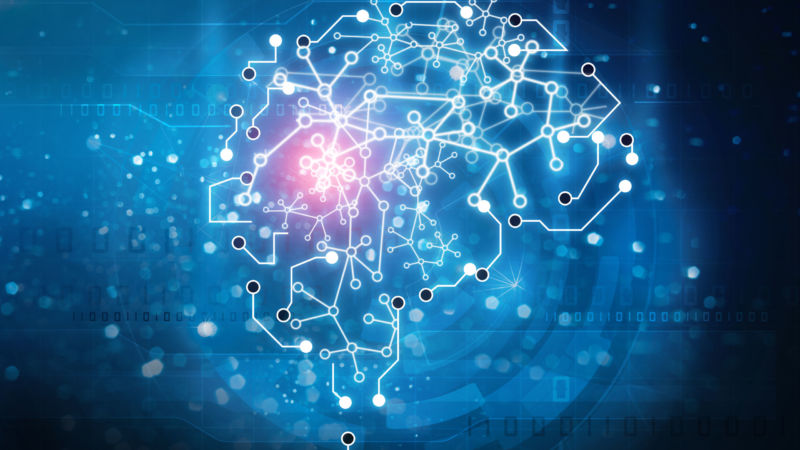In this latest Thomson Reuters Institute podcast, we explore what artificial intelligence actually means in the legal industry and how it can be a boon to a law practice
These days, most legal professionals know that “artificial intelligence in law” isn’t really about an army of robot lawyers, set to upend the legal profession. Fewer people, however, may know where artificial intelligence (AI) actually fits in the legal world from a practical matter.
Indeed, AI is often seen as something far in the future, or not developed enough to be useful in today’s practices, or perhaps even an unnecessary distraction for those lawyers who are focused squarely on billable hours. But as it turns out, the vast majority of today’s lawyers are already using AI — and they may not even know it.
Harnessing AI can bolster legal work, aiding lawyers rather than replacing them. However, there are a number of misconceptions surrounding AI in law, from what type of work AI can do to how technically savvy attorneys need to be to understand it. Combatting those misconceptions is the first step to understanding how to best use AI’s power.
“[Lawyers] don’t like change. We take the ‘if it ain’t broken, don’t fix it’ attitude. But I think what we often fail to understand is that the current traditional workflows, they’re broken.”
In this week’s podcast available on the Thomson Reuters Institute channel, we spoke with one of the people on the frontlines of fighting these misconceptions: Bobby Malhotra, who is of counsel in the Los Angeles office of law firm Munger, Tolles & Olson. Malhotra was recently named co-leader of the firm’s information governance and e-discovery practice, and he is a regular speaker on legal technology trends and issues. He also was a featured participant in a panel on AI held at the 2022 International Legal Technology Association Conference (ILTACON).
In our podcast, Malhotra explains what is meant by AI in law, and how the technology uses data to mimic human behavior, but in a way that augments legal work and frees attorneys and legal professionals to do what they do best. From there, he runs down the four most common misconceptions he sees with AI, including that AI is no longer just for litigation and that it’s easier to “trust” AI than ever before. He also explains that it’s not crucial to know every under-the-hood piece of AI technology, but it is important to know how AI would fit into a law firm or legal department’s processes before trying to integrate it into a practice.

Adoption is key
The podcast also discusses how legal practices can adopt AI in the first place. And Malhotra describes the ways he helps encourage AI adoption in his firm — as clients, firm partners, and other technologists may all require a different type of pitch. Interestingly, these pitches seem to be working: Malhotra notes he’s been in the legal industry for more than 15 years, but due to exploding data volumes, more legal AI has been adopted within the past two to three years than in the previous decade combined.
Ultimately, “the sky is the limit” as to how AI can help legal practices, Malhotra says, adding that the common way legal work is done needs to change. “We as lawyers, you know, we’re creatures of habit,” Malhotra says. “We don’t like change. We take the ‘if it ain’t broken, don’t fix it’ attitude. But I think what we often fail to understand is that the current traditional workflows, they’re broken. They were doing things inefficiently. We need a way to remedy that, and AI can really help.”
You can access the latest Thomson Reuters Institute Insights podcast, featuring a discussion with Bobby Malhotra, of Munger, Tolles & Olson, here.







